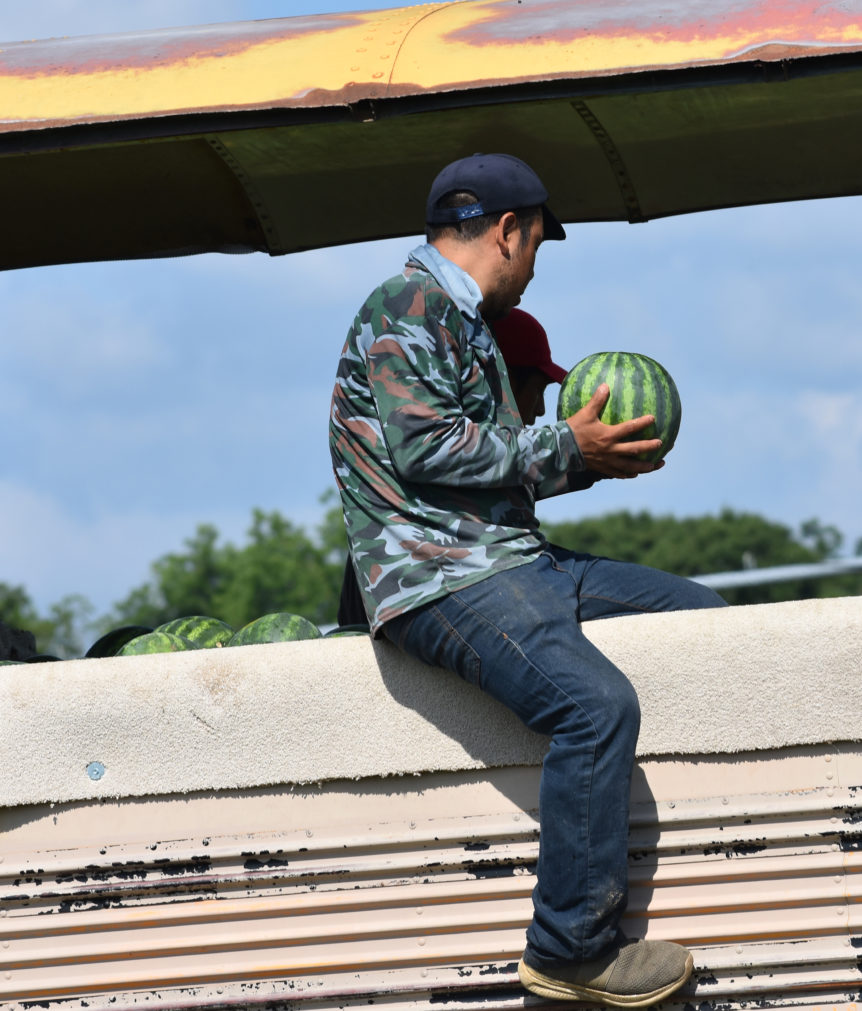
By Clint Thompson
The National Watermelon Association’s (NWA) visit with Congressional leaders in early September allowed industry leadership to continue to stress the importance of ag labor reform. George Szczepanski, NWA executive director, is more encouraged than he’s ever been that reform is not just a dream but can be a reality.
“I’m more optimistic than I have been the past several years. I do think we’ve been able to change the tenor a little bit, and there’s some optimism in getting real common-sense improvements through the Congress.”
He said while all sides generally agree that there is an ag labor crisis, the challenge becomes in how to rectify it.
“One of the focuses for us was on the 2024 report that the House Ag Labor Working Group put out that had 21 recommendations for how we need to move ag labor forward. A lot of it focused on the H-2A program and a lot of things there that both republicans, democrats and the industry all agreed on,” Szczepanski said. “It wasn’t necessarily the problems that we don’t agree on, it’s going to get down to the fine-tuning of what does the actual solution look like. We have to keep the pressure on to say, we need action.”
Labor Stats
Fine-tuning a solution is easier said than done. Much of the labor that fruit and vegetable producers use is through the H-2A program. The H-2A program allows U.S. employers or U.S. agents who meet specific regulatory requirements to bring foreign nationals to the United States to fill temporary agricultural jobs.
Florida is the largest employer of H-2A labor, accounting for 47,396 positions or 12.3% of all certified position in 2024. Georgia increased its certified positions to 43,436, making it the second-largest employer of H-2A labor.
Ag labor reform can get wrapped up in the politically divisive topic that is illegal immigration. That presents another challenge to the NWA, though Szczepanski is more encouraged following the September meeting.
“This is not a new thing, trying to separate the concept of ag labor and immigration and make them two different things. What I will say, as we have increasingly focused the conversation on the H-2A program, it removes some of the stigma of the immigration issue,” Szczepanski said. “These are people that are not coming here illegally, and they are not immigrants. They are not staying. They want to make this money, send it home and go home with their families and enjoy it for part of the year.
“I think that differentiation of focusing on H-2A helps us to break through that a little bit. I think posing it as, ‘This is the right way to do it. Our growers have switched over the past two decades to doing it all the right way, but we now need you to provide us with a system that works.’ I think democrats and republicans, both chambers of Congress have the ability to agree on a lot of that.”










